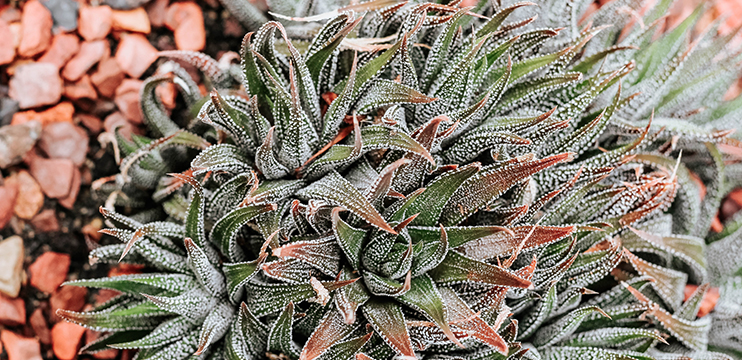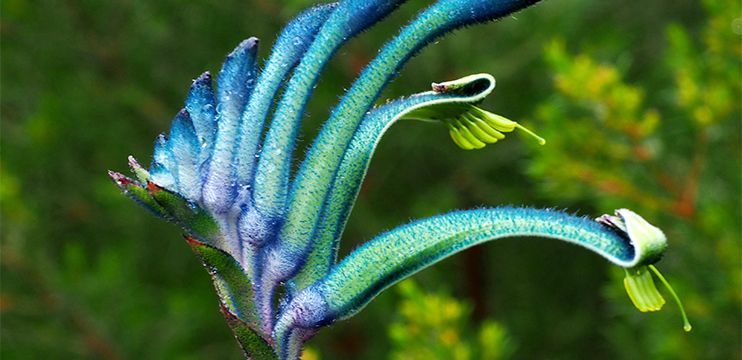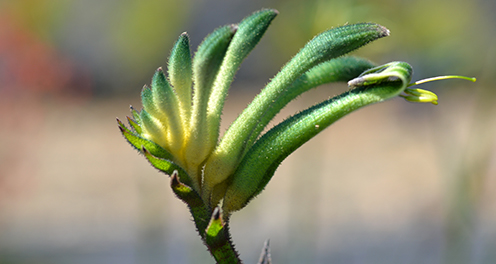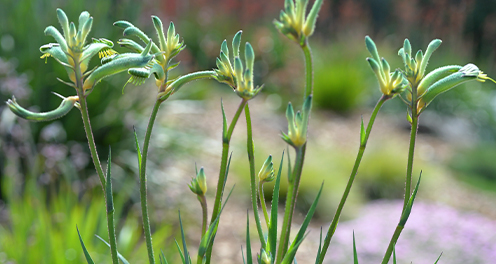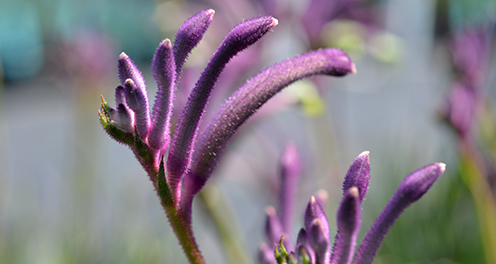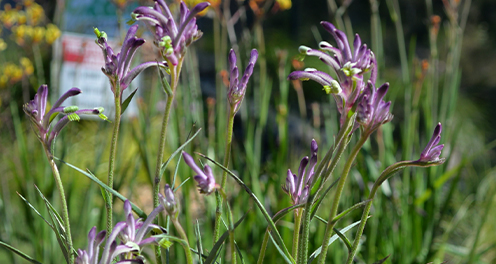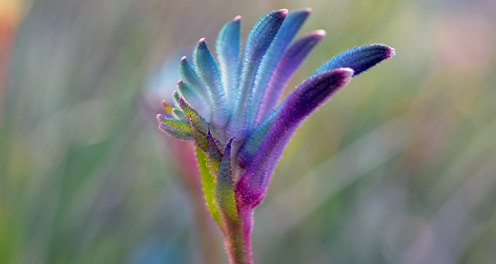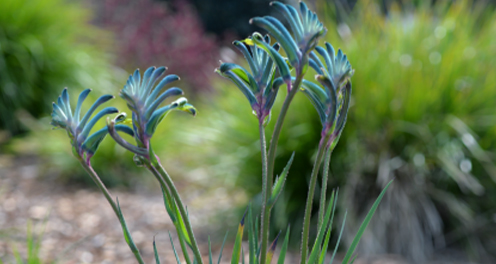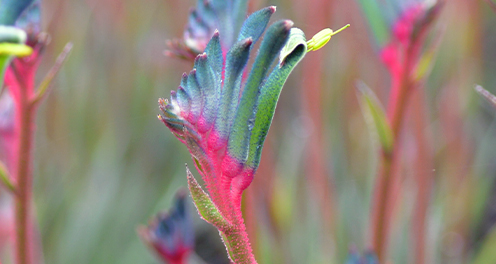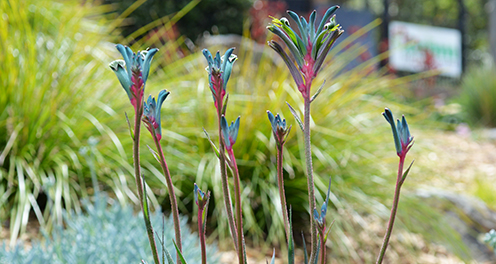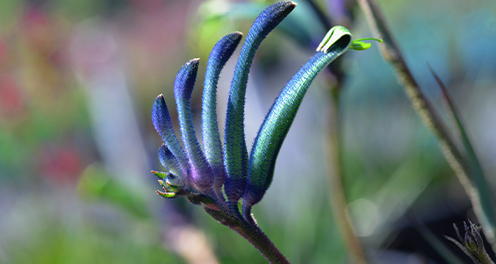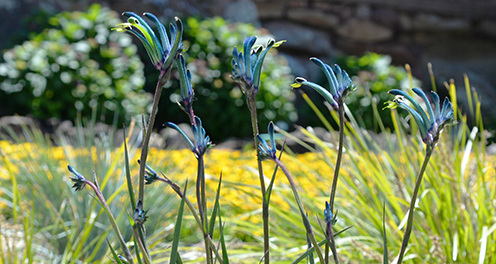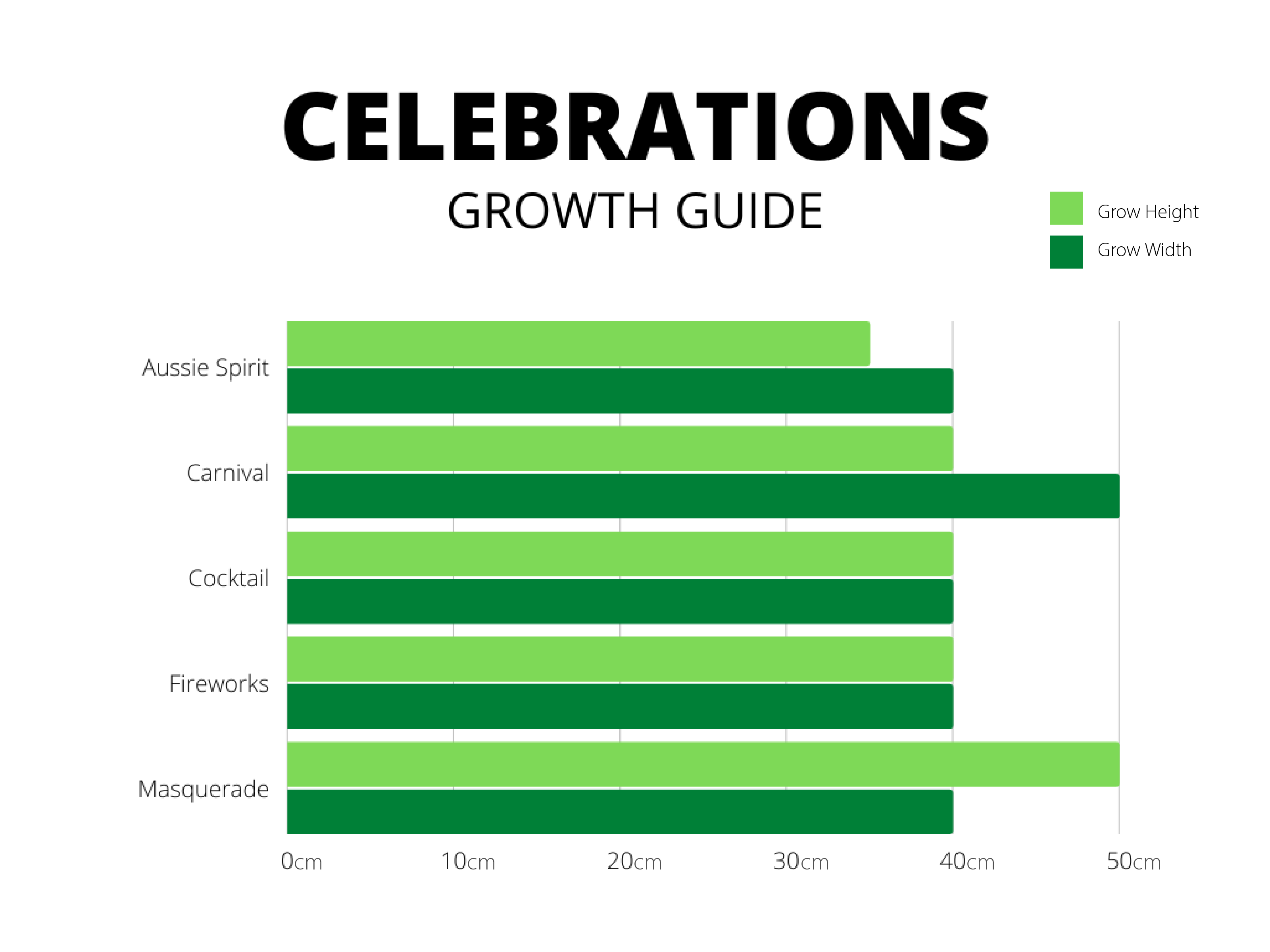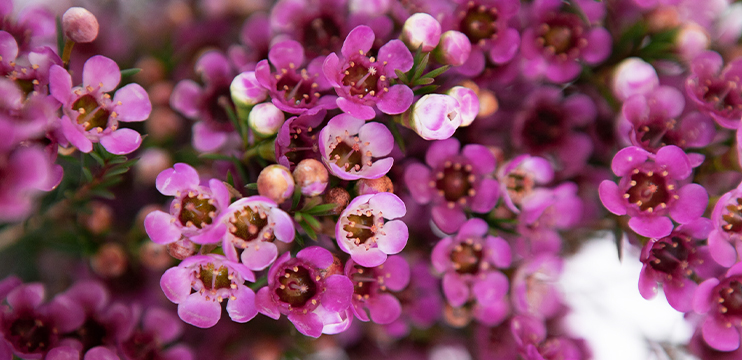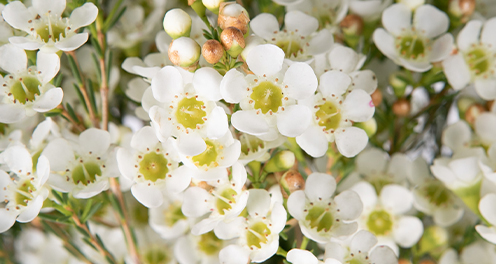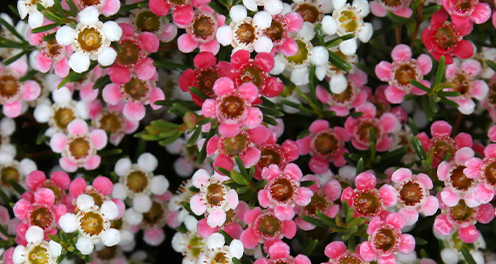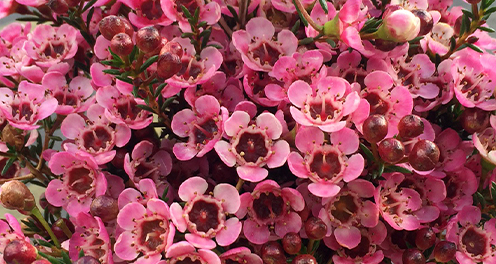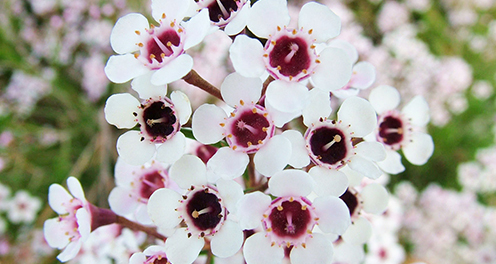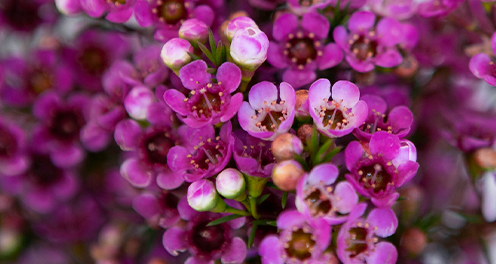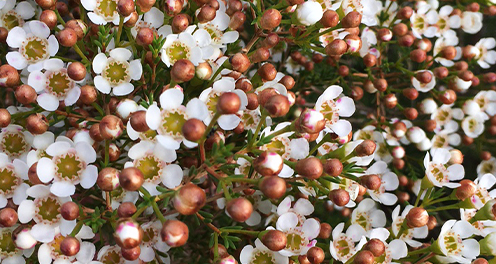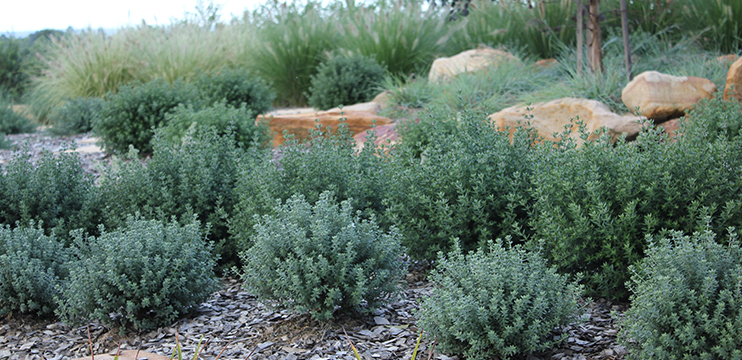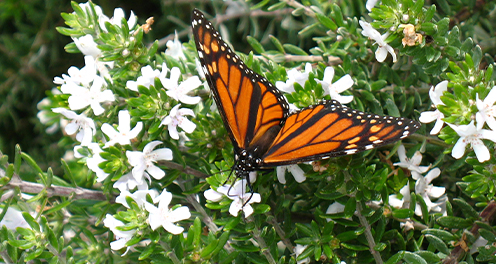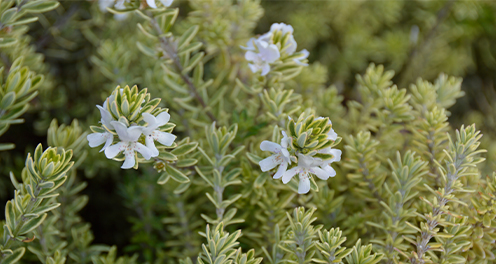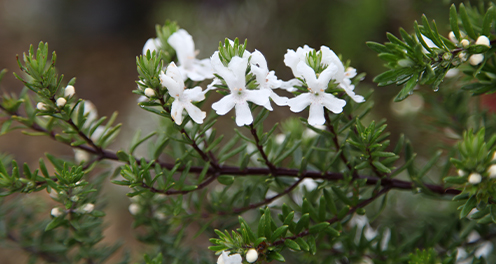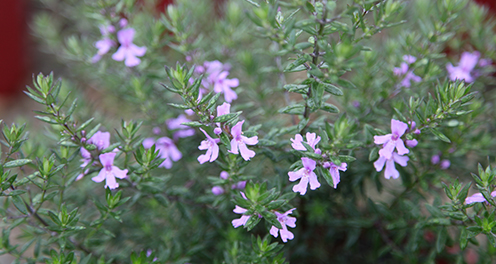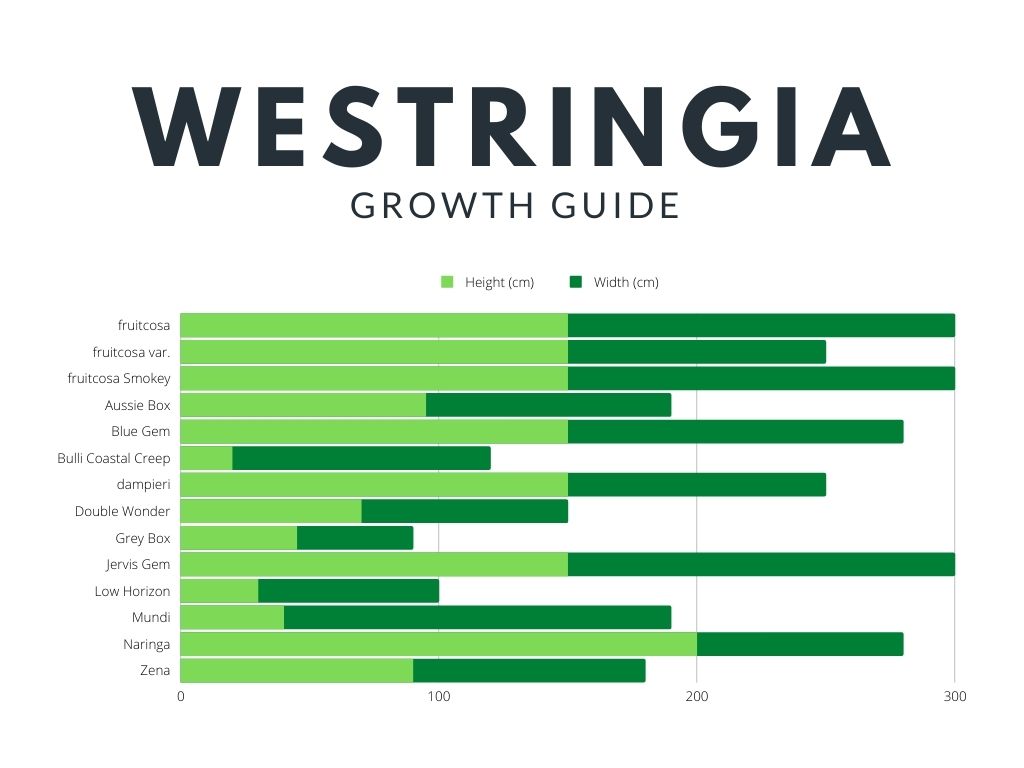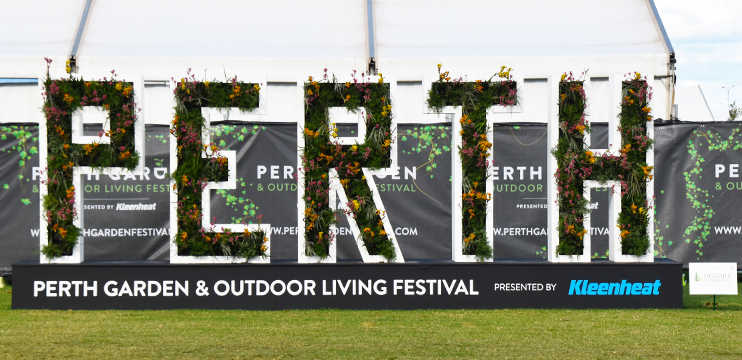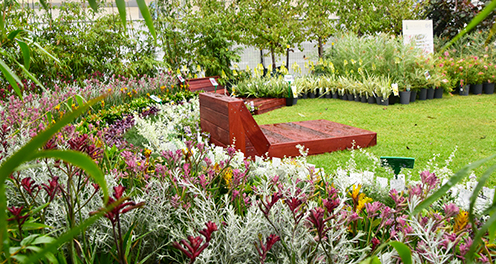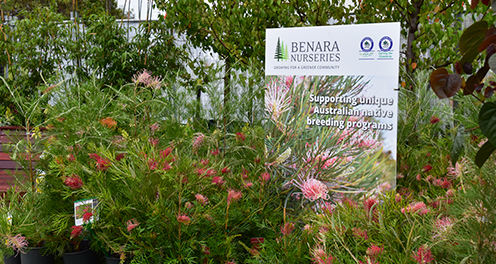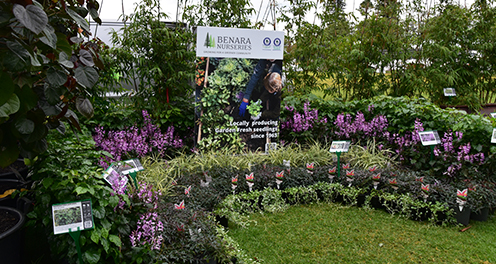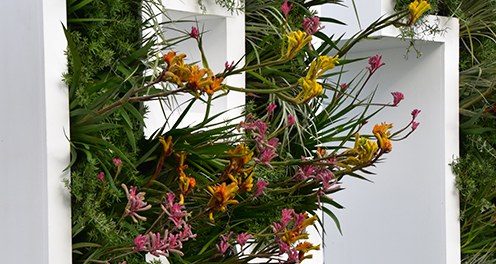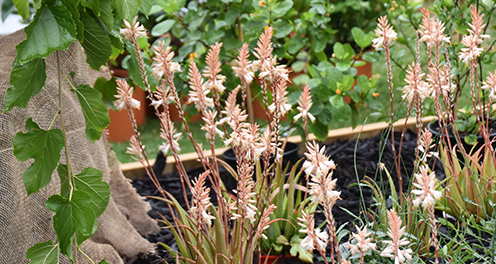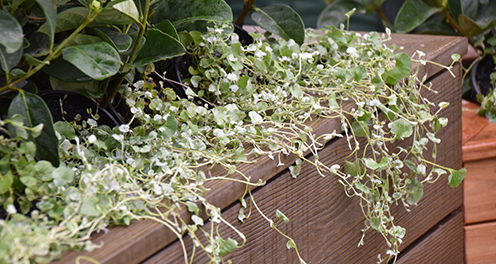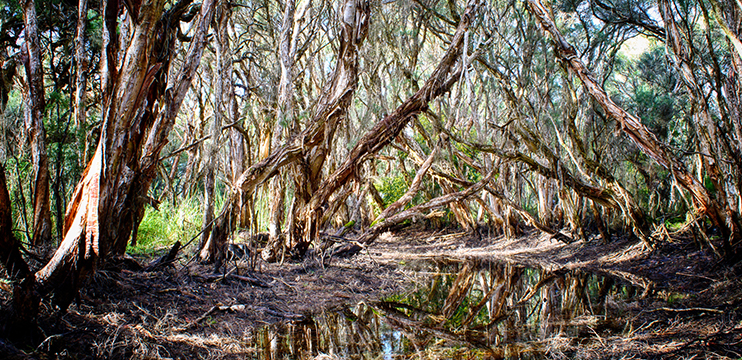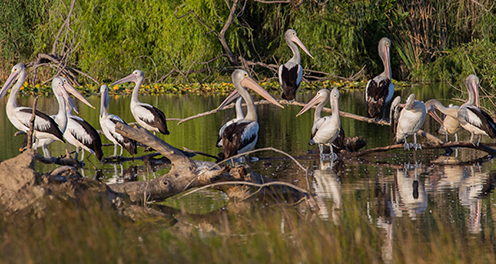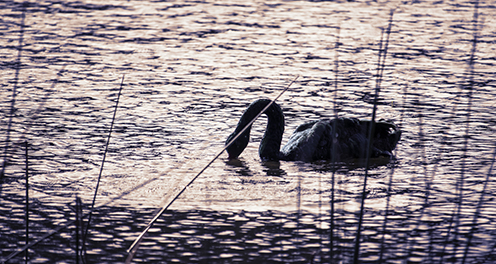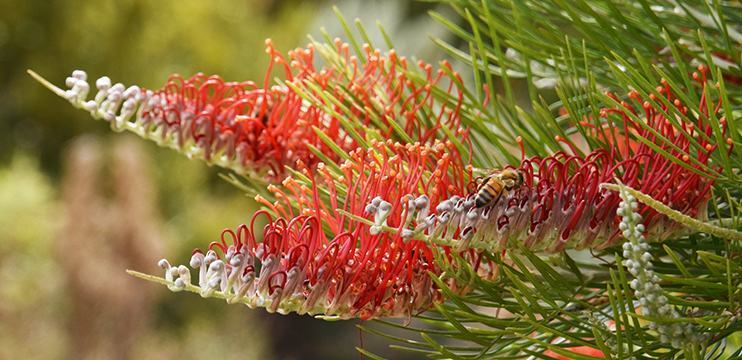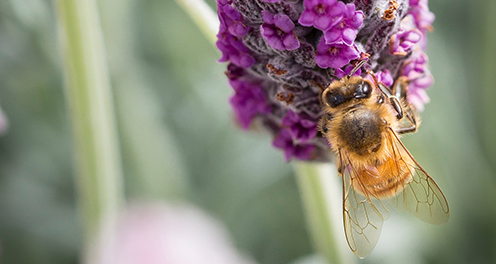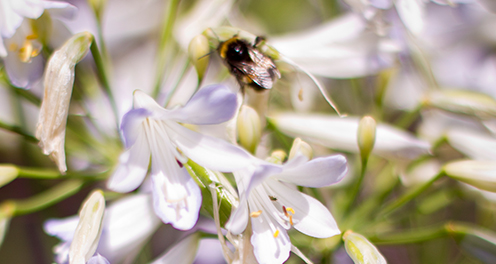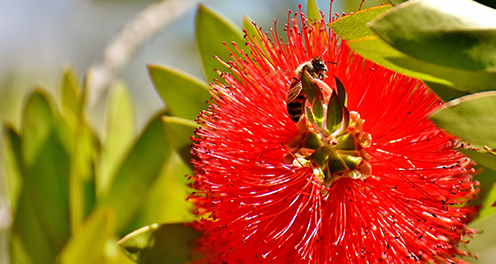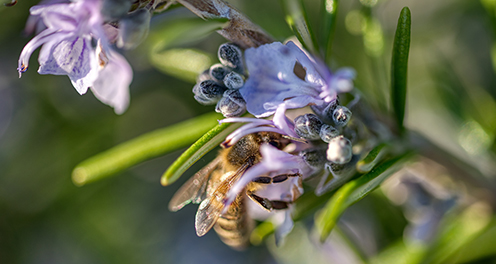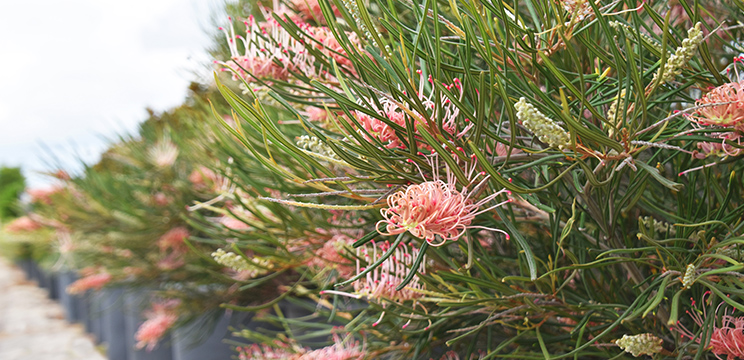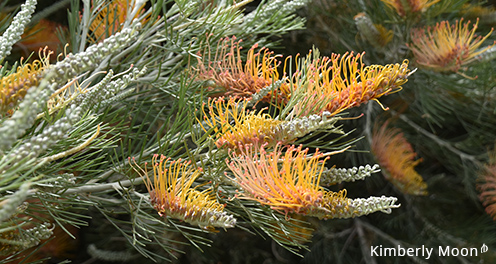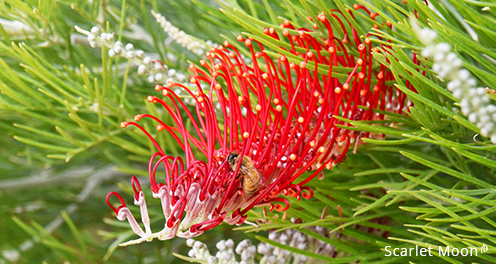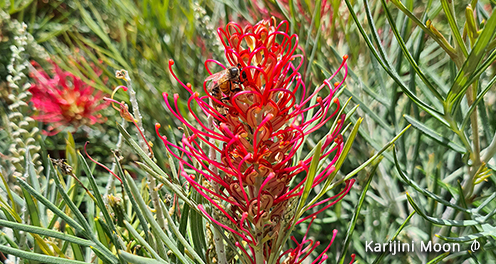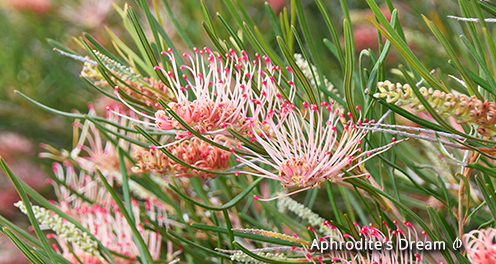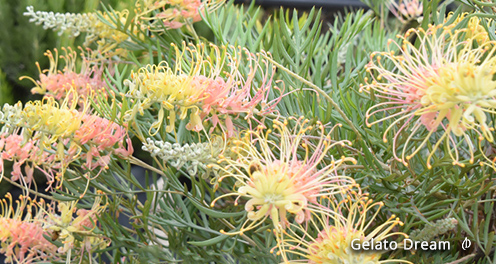Derived from the Greek word ‘xeros’, meaning ‘dry’, Xeriscape literally translates to ‘dry landscape’. This practice involves landscaping or gardening in a way that reduces or eliminates the need for irrigation, and is best implemented in areas under tight water restrictions or that routinely experience drought conditions.
Making every drop of water count does much more than simply conserve our water table, including making the average household more sustainable. With the current climate crisis heating up our urban areas, the need for increased greenspaces has never been more important. The average xeriscaping homeowner will also save a significant amount of both their time and money rather than what would be spent on caring for a more resource-laden garden.
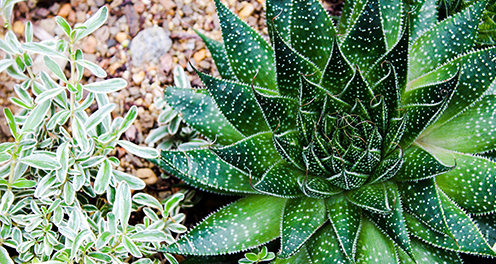
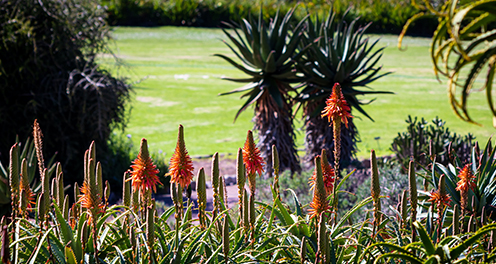
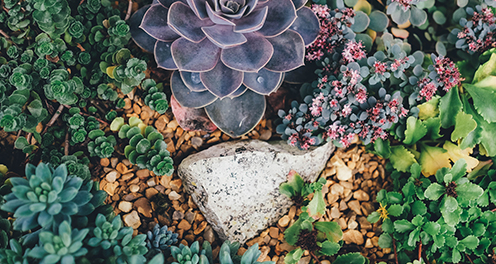
So, how to do it? Creating a beautiful landscape whilst still conserving water is possible! Just think beyond towering cactus and desert plants…
First and foremost, perhaps the most obvious step is to embrace the many weird and wonderful varieties of succulents, which come in a wide array of shapes and form. They often also feature either colourful or variegated foliage and bright flowers, which will add interest to any space. Perfect in either large mass planted landscapes or courtyards and small gardens.
Another wide-spread practice when Xeriscaping is the tactic of using only native plants, an additional benefit of which is that many are relatively low maintenance, however be sure to pick those varieties that are endemic to your region. The differences between Australia’s long list of native plants are just as astonishing as the different climes in which we live. From rugged outback to glistening rainforest and everything in between, Australian flora are not always applicable in all areas.
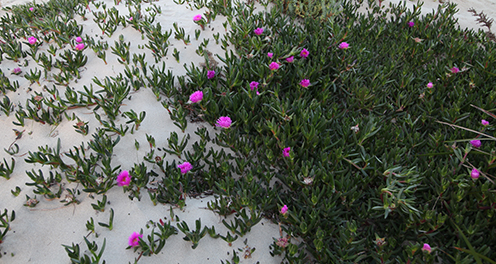
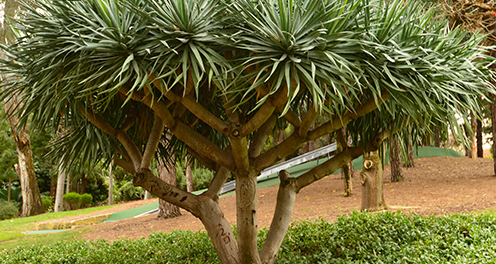
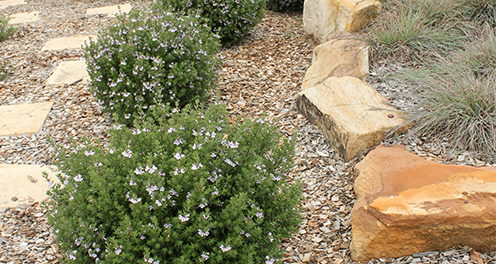
As with any new plantings, always water well until established to ensure that the plants are sustained throughout the development of their root system.
Dry-tolerant ground covers:
- Carprobrotus virescens (pig face)
- Conostylis aculeata (Cottonhead)
- Ficinia nodosa (Knobby Club Rush)
- Hemiandra pungens (Snake Bush)
- Lepidosperma gladiatum (Coast Sword Sedge) or Lepidosperma longitudinale (Pithy Sword Sedge)
- Myoporum insulare prostrate (Ground Cover Boobialla)
- Myoporum parvifolium alba (Creeping Boobialla)
Dry-tolerant shrubs:
- Agave attenuata (Century Plant)
- Aloe Erik the Red PBR, Aloe Copper Shower PBR, or Aloe Bush Baby Yellow PBR
- Calothamnus quadrifidus (One Sided Bottlebrush / Common Net Brush)
- Lechenaultia biloba (Blue Lechenaultia)
- Olearia Beach Ball PBR (Coastal Daisy Bush)
- Westringia fruticosa (Coastal Rosemary)
- Westringia Grey BoxTM PBR or Westringia Aussie BoxTM PBR (Compact Coastal Rosemary)
- Westringia Low HorizonTM PBR (Coastal Rosemary)
- Westringia Bulli Coastal Creep (Native Rosemary)
Dry-tolerant trees:
- Aloe barberae (Aloe Tree)
- Banksia ashbyi (Ashby's Banksia), Banksia integrifolia (Coast Banksia), or Banksia prionotes (Acorn Banskia)
- Cycas revoluta (Japanese Sago Palm)
- Dracaena draco (Dragon Tree)
Click here to explore more suitable plants for your next Xeriscaping project.
And for a finishing touch, use landscaping stones of differing sizes to create pathways, decorative designs amongst garden beds, or underneath trees.

